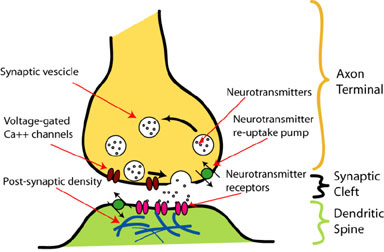Three Books about the Chemical Imbalance Theory of Mental Illness
I highly recommend the two-part article by Marcia Angell in recent issues of the New York Review of Books. Â In June, she wrote a piece entitled 'The Epidemic of Mental Illness:Â Why?'; then in the July issue, she followed up with another piece entitled 'The Illusions of Psychiatry.' In these two articles, she discusses several important books that address the "epidemic" of mental illness in this country, including Robert Whitaker's book
Anatomy of an Epidemic which I reviewed in three separate posts: one about the theory that mental illness is caused by a chemical imbalance in the brain, another concerning the actual effects of psychiatric medications and the third addressing the entirely false belief that treating psychological disorders with such drugs is like taking insulin for diabetes. Marcia Angell is a Senior Lecturer in Social Medicine at Harvard Medical School and a former Editor in Chief of the New England Journal of Medicine; these lengthy articles are thorough and scholarly.
The other two books under review are The Emperor's New Drugs: Exploding the Antidepressant Myth by Irving Kirsch and Unhinged: The Trouble with Psychiatry -- a Doctor's Revelations About a Profession in Crisis by Daniel Carlat. I haven't yet read these two latter books, but here is Marcia Angell's description of them:
"The authors emphasize different aspects of the epidemic of mental illness. Kirsch is concerned with whether antidepressants work. Whitaker, who has written an angrier book, takes on the entire spectrum of mental illness and asks whether psychoactive drugs create worse problems than they solve. Carlat, who writes more in sorrow than in anger, looks mainly at how his profession has allied itself with, and is manipulated by, the pharmaceutical industry. But despite their differences, all three are in remarkable agreement on some important matters, and they have documented their views well."
Continue "Three Books about the Chemical Imbalance Theory of Mental Illness"
